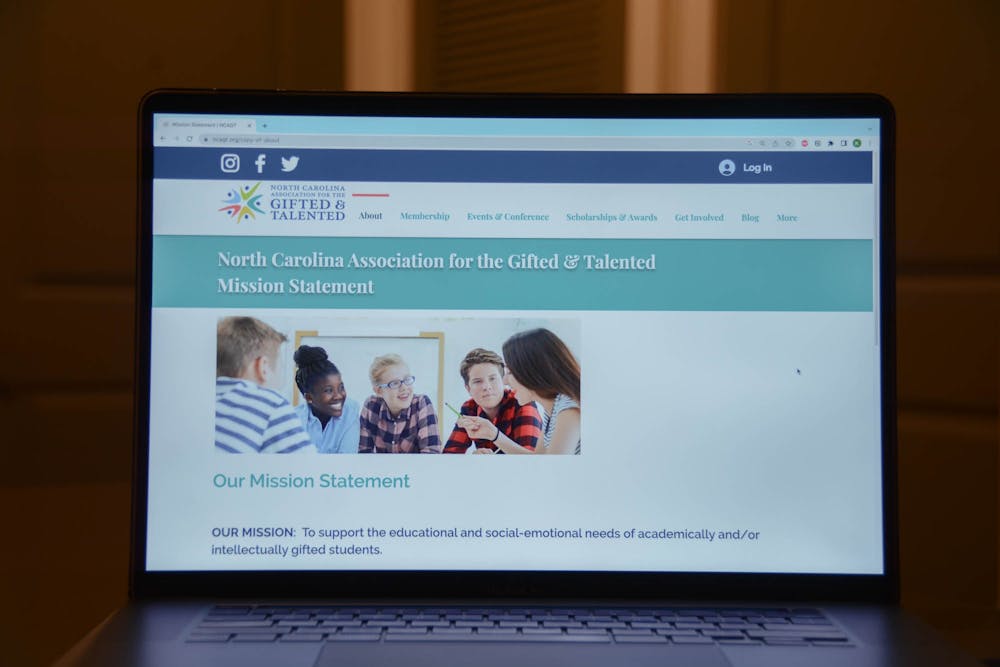Imagine you’re a well-off parent. You want to ensure your child receives a high-quality education and you will employ any means you have to help pave their path to success.
Your school district offers a screening process that identifies kindergarten through second-grade students who are "gifted." If your child falls into this category, they enter a gifted and talented program, which offers a differentiated curriculum with supplemental instruction in math and reading.
Imagine you relocate to a higher-income neighborhood that zones you for your county’s top public school. You hire a tutor who teaches your child how to score in the top percentile for their age group on the Cognitive Abilities Test, a standardized assessment for students in Orange County to evaluate how well they complete various readiness activities.
Unsurprisingly, your efforts pay off and your child is one of the select few identified as academically or intellectually gifted.
While gifted and talented programs may seem like a sound way to give excellent students an upper hand, the system is plagued with racial and socioeconomic inequities. The numbers speak volumes.
White students are vastly overrepresented in AIG programs. Recent federal data quantifies that while white students constitute half of the overall public school enrollment, they compose 60 percent of AIG education nationwide. Comparatively, Black students make up only 9 percent of students in gifted education, despite being 15 percent of the overall student population.
North Carolina defines giftedness as being able to “...perform or show the potential to perform at substantially high levels of accomplishment when compared with others of (students') age, experience, or environment.”
Students must perform exceptionally well on standardized tests to be identified as gifted. Chapel Hill-Carrboro City Schools' 2022-2025 AIG plan, for instance, requires students to perform 90 percent or higher on end-of-grade exams to qualify as gifted, and 97 percent or higher than the national grade-level average between third and seventh grade to qualify for the "Highly Gifted Program."
It is important to understand why these enormous disparities exist. The Hunt Institute contends that the root cause extends back to the 1910s, when psychologist and eugenicist Lewis Terman invented the IQ exam that later became the “foundation of gifted testing.”



